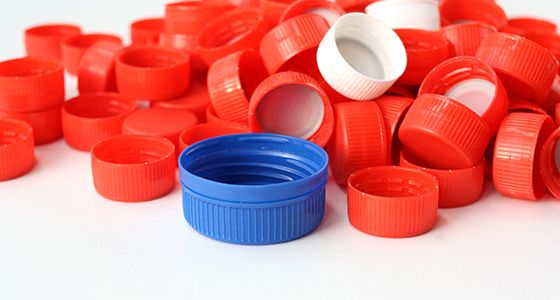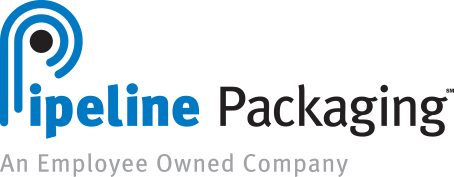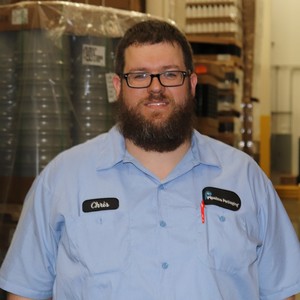The packaging industry is facing a significant challenge due to a shortage of polystyrene foam, the material used in pressure-sensitive (PS) liners. This shortage has caused delays across the board, with minimum lead times for PS liners stretching to 150 days. The situation is not expected to improve until at least February 2025, leaving companies that rely on these liners in a difficult position.
The root of the problem lies in the sustainability concerns surrounding polystyrene foam. Declining market demand, driven by environmental concerns and potential legislative changes, prompted the main supplier of PS foam to cease production. Now, the industry is working to qualify alternative suppliers in Europe, a process that is expected to take several months. In the meantime, companies are left with supply disruptions that could impact their operations for an indefinite period of time.
Given these challenges, now is the perfect time to consider switching from pressure-sensitive liners to heat-seal liners. Not only does this alternative offer a more reliable supply, but it also aligns with growing trends toward eco-friendly solutions and compliance. Here are three key reasons why making the switch makes sense:

1. Sustainability and Compliance
The pressure-sensitive liner shortage is a symptom of a larger trend in packaging toward reducing plastic waste. Polystyrene, used in PS liners, is increasingly viewed as environmentally unsustainable due to its low recyclability. The 2024-2034 market outlook for expanded polystyrene (EPS) highlights the demand for sustainable solutions will only continue to grow. Businesses can stay ahead of the curve by transitioning to heat-seal liners as a way to align with today’s sustainability goals and stay prepared for potential regulatory changes.
Heat-seal liners, on the other hand, are made from more eco-friendly materials that are often easier to recycle. This shift reduces your environmental footprint and enhances your company's reputation as an eco-conscious leader.
2. Improved Availability and Shorter Lead Times
The shortage of PS liners has created supply-chain delays that can severely impact production schedules. With lead times extending beyond five months, businesses risk interruptions to their operations. In contrast, heat-seal liners are more readily available and not affected by the polystyrene foam shortage.
By switching to heat-seal liners, you can avoid these delays, ensuring a more consistent supply chain and minimizing disruptions to your business. This increased availability makes heat-seal liners a dependable option in the face of material shortages.
3. Enhanced Seal Reliability
While PS liners are known for their convenience, heat-seal liners offer superior sealing strength and product security. Heat-seal technology has advanced significantly to provide a tamper-evident closure that protects products during transport and extends their shelf lives. For businesses concerned with product integrity, heat-seal liners offer peace of mind.
Though transitioning to heat-seal liners may require an upfront investment in new sealing equipment, the long-term benefits of reliability and availability outweigh the initial costs. Moreover, the added product protection that heat-seal liners provide will heighten your value to customers.
Why Now is the Time to Make the Switch
With PS liner shortages persisting and environmental pressures mounting, the move to heat-seal liners is not just a practical choice but a strategic one. Switching now ensures your business stays ahead of supply-chain disruptions and aligns with future sustainability demands.
If you need more information or assistance in evaluating your options, Pipeline Packaging is here to help. Contact us at 877.242.1880 or request a quote online to learn more about how heat-seal liners can benefit your business and keep your operations running smoothly.


